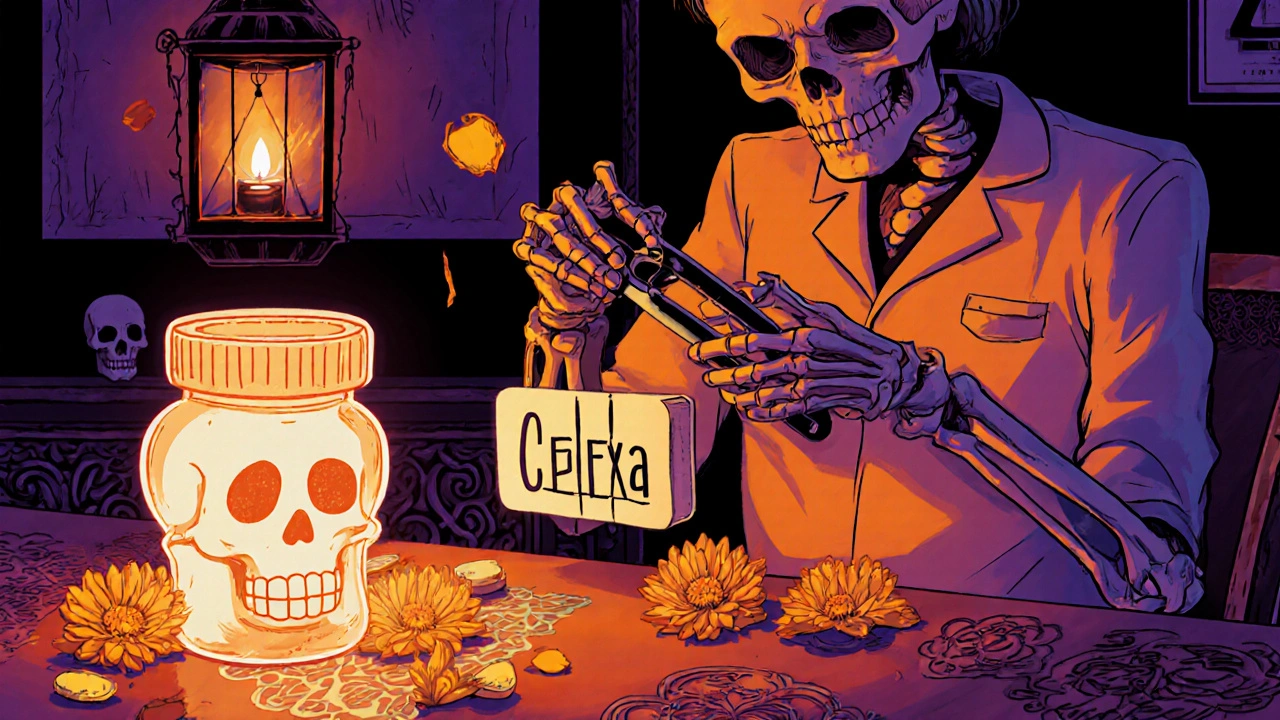
Pill Splitting Safety Checker
Splitting pills might seem like a simple way to save money or make swallowing easier, but it’s not as harmless as it looks. Many people do it without knowing the risks - and some medications can become dangerous when cut in half. If you’re thinking about splitting your pills, you need to know which ones are safe and which ones could hurt you.
Why People Split Pills
People split pills for three main reasons: cost, difficulty swallowing, and lack of available dosages. A 10mg tablet often costs the same as a 5mg tablet, so splitting one saves nearly half the price. For older adults, especially those with arthritis or swallowing problems, splitting a large pill into smaller pieces makes it easier to take. And sometimes, a doctor prescribes a dose that isn’t sold in stores - like 7.5mg of a drug that only comes in 15mg tablets. Splitting becomes the only option. But here’s the catch: not all pills are meant to be split. Some break unevenly. Some lose potency. Others release their full dose all at once, turning a slow-release medicine into a dangerous overdose.What Makes a Pill Safe to Split?
The safest pills to split are immediate-release tablets with a score line. A score line is that little groove down the middle of the pill. It’s not just for show - it’s a sign the manufacturer tested it to split evenly. Common examples include citalopram (Celexa), sertraline (Zoloft), and amlodipine (Norvasc). These are all standard, non-coated tablets that break cleanly when cut with a proper tool. Studies show that when scored tablets are split with a dedicated tablet cutter, 89% of the halves are within 5% of the target dose. That’s close enough for most medications. But if you use scissors, a knife, or just snap it with your fingers, accuracy drops to 63%. That means you could be taking too much - or too little.Medications You Should NEVER Split
Some pills are dangerous to split - even if they have a score line. These include:- Extended-release (ER), sustained-release (SR), or controlled-release (CR) tablets - These are designed to release medicine slowly over hours. Splitting them destroys that system. A single OxyContin tablet, for example, can release all its oxycodone at once if split, leading to overdose. The FDA has documented 14 cases of serious harm from split ER pills between 2015 and 2022.
- Enteric-coated tablets - These have a special coating that keeps the pill from dissolving in your stomach. It’s meant to protect your stomach lining or ensure the drug is absorbed in the intestines. Splitting removes the coating. Alendronate (Fosamax) is one - splitting it can cause severe esophageal burns.
- Capsules with powders or gels - These aren’t meant to be opened. Splitting them isn’t possible, and opening them can expose you to toxic dust or lose the exact dose.
- Hazardous drugs - Like paroxetine (Paxil), which is classified by NIOSH as a reproductive toxin. Splitting it can create airborne particles that are dangerous to handle, especially for pregnant women or caregivers.
- Drugs with narrow therapeutic index - These include warfarin (Coumadin), levothyroxine (Synthroid), and dabigatran (Pradaxa). A 10% dose change can cause dangerous bleeding or clotting. Even small inaccuracies can be life-threatening.
The Institute for Safe Medication Practices lists 27 medications that should never be split. If your pill is on that list, don’t even think about it.

How to Split Pills Safely
If your doctor or pharmacist says it’s okay to split your pill, follow these steps:- Use a tablet cutter - Not scissors, not a knife. A plastic or metal tablet cutter costs less than $10 and keeps the halves even. Look for one with a sharp blade and a secure grip.
- Split one pill at a time - Never split your whole month’s supply. Once cut, pills are exposed to air and moisture. Potency can drop by up to 35% in just 72 hours. Split right before you take it.
- Store split halves properly - Put the unused half in an opaque, airtight container. Keep it away from heat and humidity. Replace it every three days.
- Wash your hands - Especially if you’re handling hazardous drugs. Even small amounts of powder from split pills can be harmful.
- Check with your pharmacist - Ask if your specific brand can be split. Some generics behave differently than brand names. Not all scored tablets are created equal.
People with arthritis or shaky hands may struggle with manual cutters. In that case, talk to your pharmacist about pre-split tablets or alternative forms - like liquid versions or oral soluble films.
Cost vs. Risk: Is It Worth It?
Splitting a 10mg amlodipine tablet instead of buying two 5mg tablets saves about $28.50 every 90 days. That adds up to over $100 a year per medication. For someone on multiple prescriptions, that’s significant. But here’s the trade-off: 12% of split tablets have dose variations beyond what’s considered safe, according to a 2009 study. And 29% of people who split pills report symptoms like dizziness, nausea, or mood swings - signs their dose was off. A 2022 Consumer Reports survey found that 41% of older adults split pills without asking a doctor or pharmacist. That group had a 22% higher rate of medication-related problems. Sometimes, the cheaper option isn’t the safer one. Many manufacturers now make lower-dose tablets specifically for cost-conscious patients. They may cost 35-50% more, but they’re 99.8% accurate. No guessing. No risk.
What Pharmacists Say
A 2021 survey of 1,200 U.S. pharmacists found that 78% routinely advise against splitting unless the package insert says it’s okay. Sixty-three percent reported at least one patient incident related to improper splitting in the past year - including one case where a man split his extended-release morphine tablet and ended up in the ER. Dr. Michael Cohen, president of the Institute for Safe Medication Practices, says the biggest mistake patients make is splitting their entire month’s supply. “You’re not saving money if you’re sick because your pills lost potency,” he says. Most pharmacies now offer free pill-splitting services. If you’re unsure, ask. Many will split your pills for you using lab-grade cutters and provide sealed, labeled halves with expiration dates.What’s Changing in 2025
The FDA now requires manufacturers to include splitability information in electronic drug labels. By the end of 2024, over 1,200 drug products had this update. That means your prescription label or online pharmacy page should now say whether splitting is approved. Pharmacies are also rolling out apps that scan your pill and tell you if it’s safe to split. Walgreens and CVS have these tools - they even show you how to use a cutter properly with video guides. These apps have reduced splitting errors by 29% in pilot programs. Still, hospital pharmacists remain cautious. A 2023 survey found 71% are concerned about splitting, especially for drugs where even a 5% dose change can cause harm.Bottom Line
Pill splitting can be safe - but only if you know which pills to split and how to do it right. Never assume a scored tablet is safe. Always check with your doctor or pharmacist. Use a tablet cutter. Split one pill at a time. Don’t store split halves for more than three days. If your medication is extended-release, enteric-coated, or on the ISMP’s high-alert list - don’t split it. There are safer, more accurate alternatives. Saving $100 a year isn’t worth a trip to the ER.When in doubt, ask. Your pharmacist has the tools, the knowledge, and the experience to help you split pills safely - or tell you when not to.
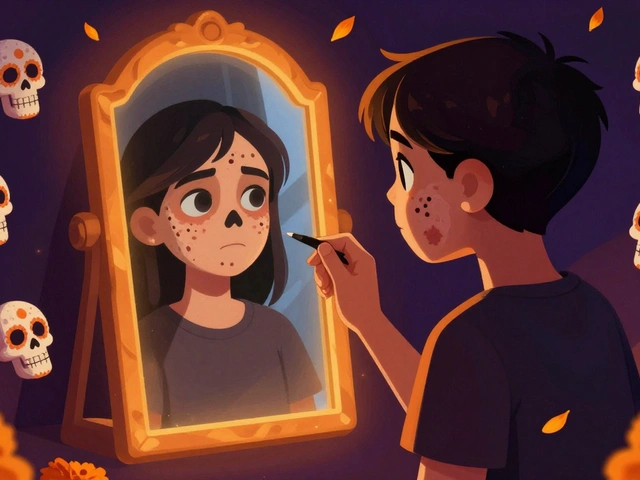
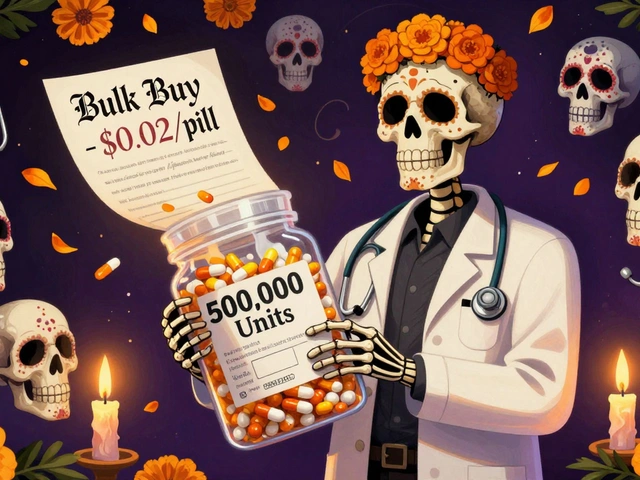

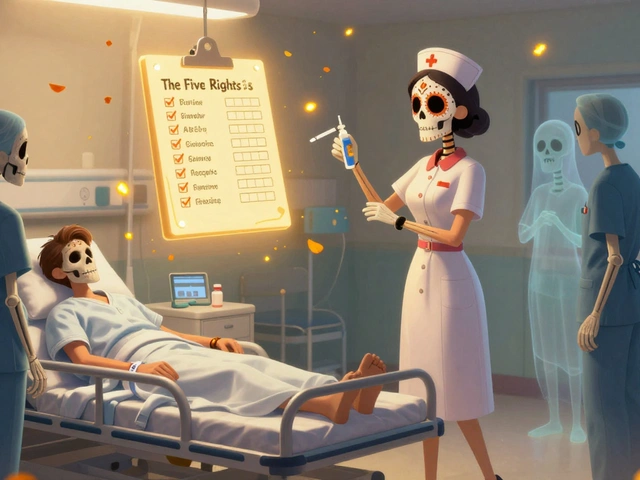
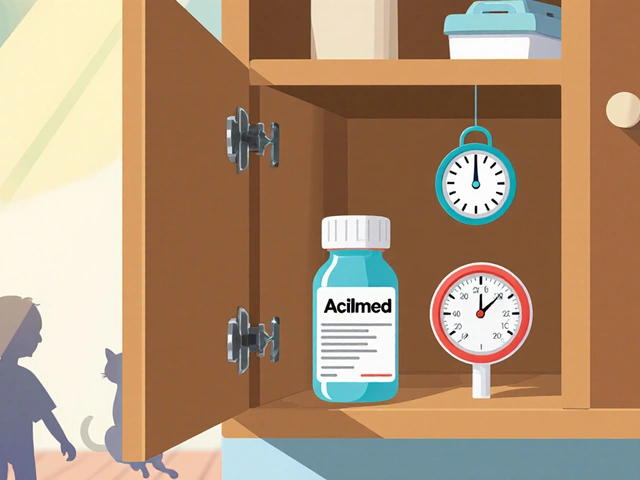
There are 15 Comments
Michael Fessler
Just had to split my amlodipine last week after my insurance dropped coverage. Used a $8 tablet cutter from CVS-works like a charm. But wow, the dose variability study from 2009? Scary. I didn’t realize even a 10% swing could mess with BP control. Now I split one pill at a time and toss the half after 48 hours. Also, never knew about the 35% potency drop in 72 hours. Thanks for the heads-up.
daniel lopez
THEY DON’T WANT YOU TO KNOW THIS BUT THE PHARMA COMPANIES MADE SCORED PILLS JUST TO SELL MORE PILLS. THEY KNOW YOU’LL SPLIT THEM AND THEN COME BACK FOR MORE. THAT’S WHY THEY DON’T MAKE 5MG TABLETS-IT’S A SCAM. I SPLIT MY ZOLOFT WITH A KNIFE AND I’M FINE. THEY’RE LYING ABOUT ‘EXTENDED RELEASE’ TOO-IT’S JUST A MARKETING TRICK TO MAKE YOU PAY MORE.
Nosipho Mbambo
Okay, so... I split my pills. I don’t care. I’ve been doing it for 8 years. My grandma did it. My mom did it. I don’t have time to go to the pharmacy every month. Also, I don’t trust pharmacists-they’re just trying to upsell me. And why does this article sound like a corporate pamphlet? I’m not buying it.
Katie Magnus
Wow. Just... wow. You spent 1,200 words telling people not to split pills? But you didn’t mention that most of these drugs are overpriced because of patent monopolies? This isn’t about safety-it’s about capitalism. Also, I’m pretty sure the FDA is in bed with Big Pharma. #WakeUp
King Over
splitting pills is fine if you use a cutter. dont overthink it. my dad splits his blood pressure med every day. hes 74 and still hikes. he’s fine.
Johannah Lavin
OMG I just realized I’ve been splitting my levothyroxine for 3 years 😭 I thought the score line meant it was safe!! I’m crying right now. Thank you for this. I’m calling my pharmacist tomorrow. I love you for writing this. 🤗❤️
Ravinder Singh
Respect to the author for laying this out so clearly. In India, we often split pills out of necessity-no access to lower doses, no insurance. But I always use a metal cutter, store halves in foil pouches, and never split more than a week’s supply. Also, pharmacists here are surprisingly knowledgeable. Ask them. They’ve seen it all. 🙏
Russ Bergeman
Wait, you said 12% of split tablets have unsafe variations? That’s not ‘some’-that’s 1 in 8. And you didn’t even mention the 2022 study where 41% of older adults split without consulting anyone. That’s not just risky-it’s negligent. Who’s responsible when someone ends up in the ER? You? The pharmacist? The patient? Someone needs to be held accountable.
Dana Oralkhan
My mom split her warfarin for years because she thought it was ‘just a pill.’ She ended up with a GI bleed. She’s fine now, but it took months to recover. I wish I’d known this sooner. If you’re splitting anything with a narrow therapeutic index-just stop. There’s no ‘kinda safe.’ It’s either safe or it’s not. And this article? It’s the kind of thing you wish you’d read before you almost died.
Jeremy Samuel
why do they even make scored pills if you cant split em? sounds like a trap to me. i split my celexa with my teeth. its fine. also, why is this article so long? just tell me what to do.
Destiny Annamaria
Y’all in the US are so lucky you even have pills to split 😅 In my village in Nigeria, we crush tablets and mix them in tea because nothing else is available. I get that safety matters-but for some of us, it’s not a choice. Maybe the real issue isn’t splitting-it’s access.
Ron and Gill Day
So you’re telling me I can’t split my OxyContin? I’ve been doing it for 5 years. I’m not an idiot. I’ve got a PhD in pharmacology. You’re just scared of people saving money. This article is propaganda. I’m not stopping.
Alyssa Torres
I’m a pharmacy tech and I’ve seen it all. Last week, a woman came in with a jar of 30 split pills she’d cut a month ago. She was dizzy, nauseous, and her INR was off the charts. She thought ‘it’s just a pill.’ I showed her the app on my phone-scanned her med, and it said ‘DO NOT SPLIT.’ She cried. We got her switched to liquid. She’s doing better now. This isn’t fearmongering-it’s triage.
Summer Joy
Okay but what if I’m pregnant and I split Paxil? 😭 I didn’t even know it was a reproductive toxin. I’m so scared right now. My OB didn’t say anything. I’m going to the ER. I need a hug.
Aruna Urban Planner
There’s a deeper question here: Why does our healthcare system force people into these compromises? Pill-splitting isn’t the problem-it’s the symptom. We have a system that makes essential medications unaffordable, then blames patients for trying to survive it. We need policy change, not just cautionary tales. The real safety issue isn’t the knife-it’s the price tag.
Write a comment
Your email address will not be published. Required fields are marked *